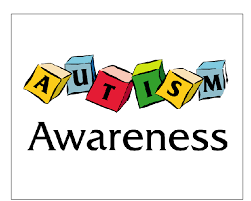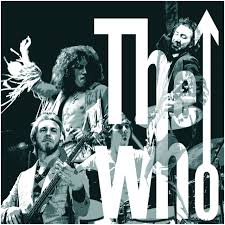 A
After reading Parker’s Back a couple of times I have had time to reflect on the characters. They range from religious to not religious, young to old, black to white, and creative to plain. All of these contrasting attributes can be seen in either Sarah Ruth or O.E. I reflected more on the character of O.E. who I thought to be the most interesting.
When O.E. marries Sarah Ruth, he is not religious. Whether he believed in God and chose not to act on it or did not believe at all, the reader does not know. The reader, however, does know that he is black and has covered his body in tattoos except for his back. I think it is important that he has nothing on his back and the reason for it. He thinks that there is not a reason to have a tattoo on his back because he cannot see it. If he did want to see it he would have to position himself between two mirrors and he thinks that he would look like an idiot looking for the tattoo.
At the end of the story, O.E. has a major revelation when he gets the tattoo of Christ on his back. This image of Christ is a symbol of his revelation about religion. I found it interesting because the reason he did not have a tattoo there was because he could not see it, just as he cannot see Christ. I also liked that he found the eyes the most intriguing part. His back is the most appropriate place for this image as well. Although he cannot see Christ, Christ is always watching and observing what we do. The other reason he did not get a tattoo there was because he would look like an idiot trying to see it. This goes along well with how his friends questioned him about getting religion and made him feel stupid.
This story is a lesson to me that although not everyone may believe in the Lord, they may in time and in different ways. Not everyone has to come to Christ at the same time or the same way. Parker’s Back had many opposing characters that combined in some way to benefit the protagonist O.E.
WORK COUNT: 378
 During this semester I had the opportunity to listen to an accomplished writer with a disability read her work. It was an incredible moment. A young woman named Kelly came to speak and she has autism. It was very moving to listen to her talk about her family and her life with autism as she spoke to us and through her book. I think her main idea she wanted to get across was to not make fun of people with disabilities. She told us in her book and through her speech that she had many hard times in school because other students would call her retarded and it hurt her feelings. Kelly was a very nice and intelligent woman who has accomplished a lot. She is living on her own in a community with other people with disabilities and is very close to her family. She inspired me as an individual to help others and myself.
During this semester I had the opportunity to listen to an accomplished writer with a disability read her work. It was an incredible moment. A young woman named Kelly came to speak and she has autism. It was very moving to listen to her talk about her family and her life with autism as she spoke to us and through her book. I think her main idea she wanted to get across was to not make fun of people with disabilities. She told us in her book and through her speech that she had many hard times in school because other students would call her retarded and it hurt her feelings. Kelly was a very nice and intelligent woman who has accomplished a lot. She is living on her own in a community with other people with disabilities and is very close to her family. She inspired me as an individual to help others and myself.





